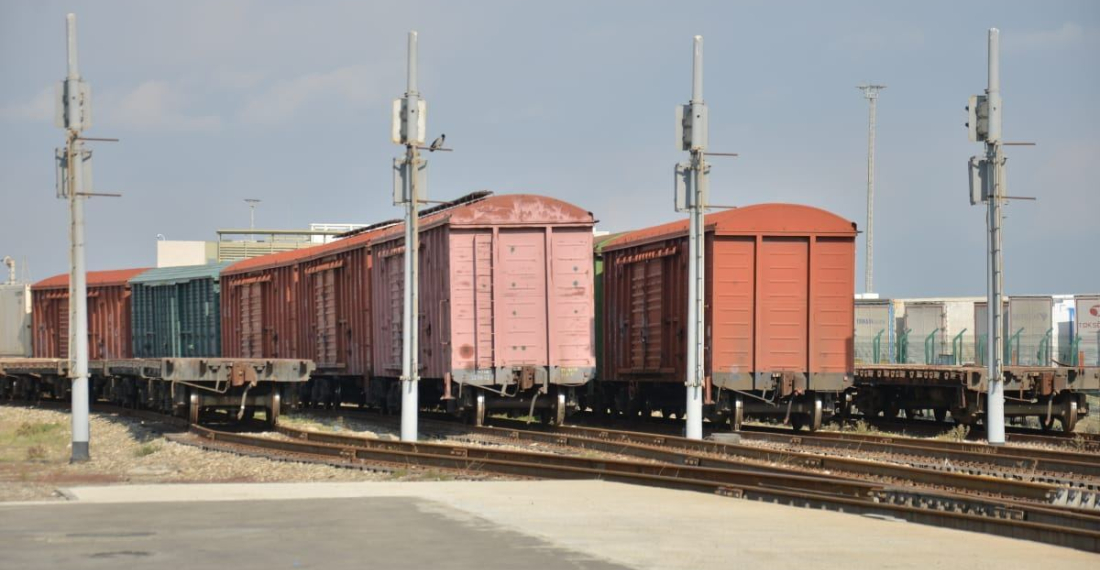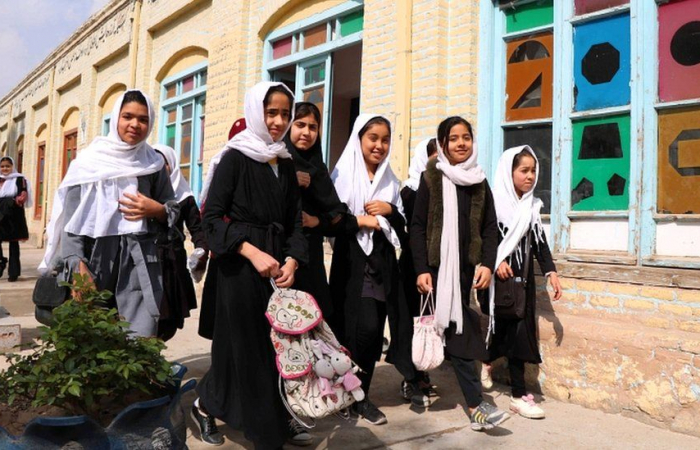“Strengthening connectivity in the South Caucasus holds the potential to transform the region into a more stable, economically resilient, and cooperative space”
The thematic groups for a new Armenian-Azerbaijani dialogue in early November presented their four reports to the governments of Armenia and Azerbaijan, and other stakeholders. The thematic group on Regional Connectivity, ably led by Narek Minasyan (Armenia- Chair) and Nigar Gurbanli (Azerbaijan – Deputy Chair) worked diligently and in a collaborative manner, to produce a report that is full of interesting ideas.
The Group members were, from Armenia Narek Minasyan (Chair), Samvel Meliksetyan, Robert Ghevondyan, Diana Gasparyan Suren Tadevosyan Vahram Hovhannisyan and Hayrik Sukiasyan; the members from Azerbaijan, Nigar Gurbanli (Deputy Chair), Sabina Taghiyev,, Elmir Abbasov, Emil Aliyev and Samira Hasanzade.
“Regional connectivity in the South Caucasus presents significant prospects for long-term stability, economic growth, and integration into wider Eurasian networks. Located at a key geopolitical crossroads, Armenia and Azerbaijan have the potential to become vital transit corridors linking Europe and Asia. However, decades of conflict and limited cooperation have hindered this potential, leaving infrastructure fragmented and regional trade underdeveloped”, they say in their report.
The August 8, 2025, agreements and the initialling of a peace treaty mark a notable step toward normalisation. These developments offer a foundation for reopening communication routes, improving infrastructure, and attracting international investment. Enhanced connectivity—through transport, energy, and digital networks—could increase regional competitiveness, diversify trade, and generate inclusive economic benefits across border communities, the report says.
A SWOT analysis identifies both challenges and opportunities: slow implementation processes and external political pressures remain constraints, but the region’s strategic location, evolving infrastructure plans, and growing interest from external partners provide a strong basis for forward movement. The report outlines three scenarios—Optimistic, Constrained, and Pessimistic—to illustrate possible connectivity outcomes depending on the depth of political cooperation and the influence of geopolitical actors such as Russia, Turkey, and the EU. The Vision 2040 framework in the report emphasises connectivity as a driver of shared prosperity, with goals including modernised corridors, harmonised regulations, and expanded people-to-people exchanges. A phased roadmap (2025–2040) outlines steps from confidence-building and joint infrastructure projects to regional institutional coordination.
Strengthening connectivity in the South Caucasus holds the potential to transform the region into a more stable, economically resilient, and cooperative space, benefiting both local populations and broader regional networks.
You can read the report of the Thematic Group on Regional Connectivity here
You can read more on the initiative "New Armenian-Azerbaijani Dialogue" and access the reports of the four thematic groups, here
source: commonspace.eu with LINKS Europe (The Hague)
-






